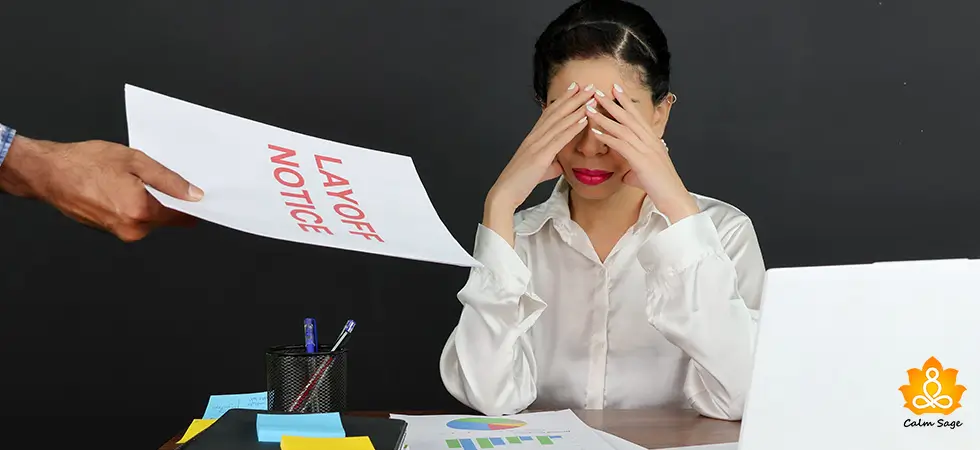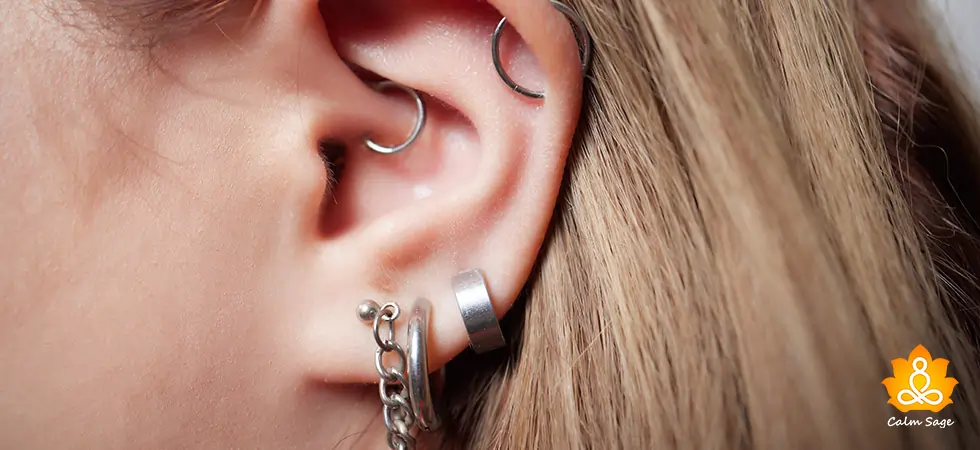11 Myths About The Anxiety You Should Stop Believing

As the chatter about anxiety takes the form of conversation, it becomes more mainstream. However, several misconceptions and myths about anxiety lead to confusion and fear of getting the right treatment. Here we talk about 11 common myths about anxiety that you should stop believing.
Does anyone in your circle, or do you feel difficult to focus on things? Do you have a persistent feeling that you are anxious and nothing can calm you down? If the answer to these questions is yes, you could be dealing with an uneasiness problem. The best way to deal with this is to seek help, but the guilt around mental well-being might stop you from seeking help.
So, in this case, what can be done? First, you need to change your attitude, admit what you are having, talk to someone about it, and most importantly, debunk the anxiety myths.
11 Anxiety Myths You Shouldn’t Believe:
Myth #1: Anxiety disorders are a gimmick –
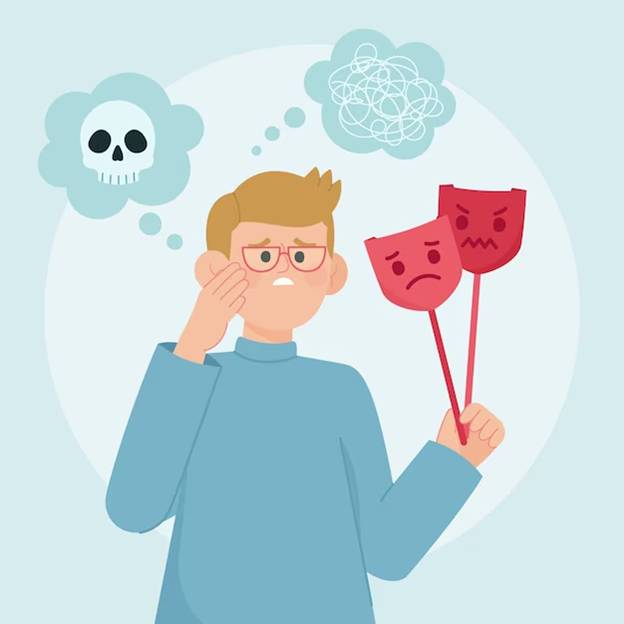
Due to our fast-paced life, finding a balance is hard and often makes one feel stressed and anxious. This is why most people believe that anxiety disorders are a hoax. However, that is not true because there is a difference between normal day-to-day anxiety and anxiety disorders.
The symptoms of generalized anxiety disorders occur daily for six months. Also, the person facing it finds controlling their worry difficult, and almost 3.1% of the US population struggle.
Myth #2: Anxiety is momentarily & will pass
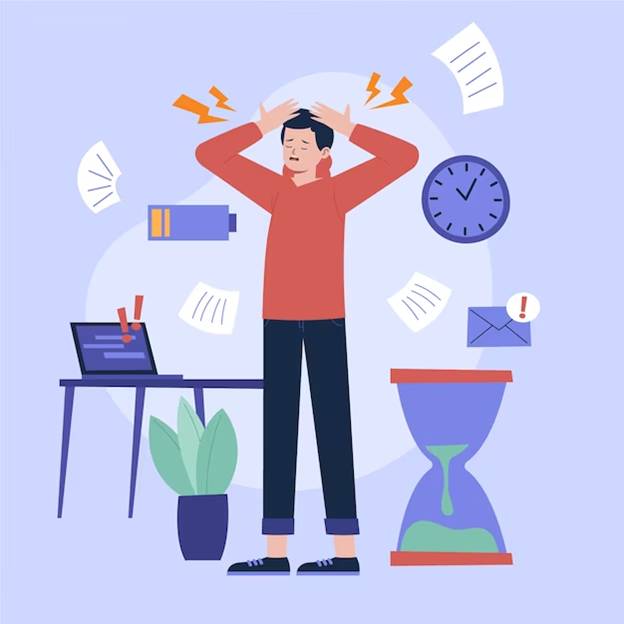
Most people believe that anxiety will go away once the situation that makes them anxious is dealt with or ignored. But this doesn’t always happen, and the anxiety symptoms like racing thoughts and fast heartbeats last longer, harming our daily functioning.
In such situations, paying attention to the symptoms and connecting with a health practitioner is essential. They can help you learn ways to cope with anxiety and function calmly in everyday routines.
Myth # 3: Getting anxious about things is an anxiety disorder
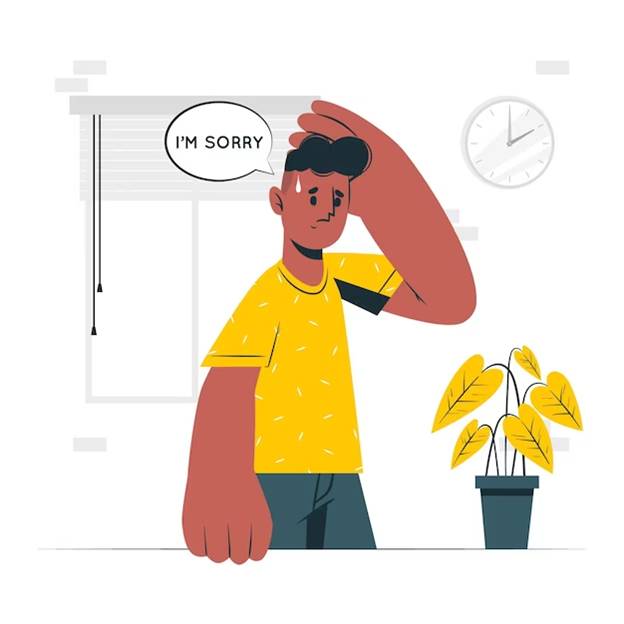
This is where most people are wrong. There’s a difference between everyday anxiety and a disorder. We all get anxious occasionally, and even the calmest person can get tense, but this doesn’t mean an anxiety disorder exists. However, when the feeling of stress, anxiety, and restlessness stays and worsens over time, it is an anxiety disorder.
Myth # 4: Anxiety disorder is a lifelong mental illness
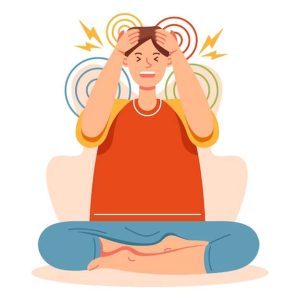
Believing anxiety disorder is an incurable mental illness prevents people from seeking help. But the fact is that it can be treated with the right kind of help, and a person can fully recover from it with no future episodes.
However, in some cases, like a physical illness – diabetes, it may recur, and ongoing treatment might be required. But this doesn’t mean mental illness is not manageable. A person can live life to the fullest with proper guidance and treatments.
Myth # 5: Anxiety = panic attacks
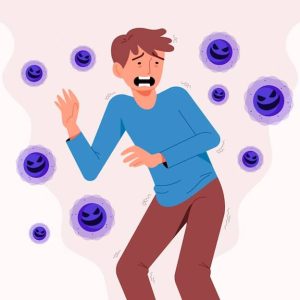
Most people confuse anxiety with panic attacks. But the fact is panic attacks can be part of anxiety, but are different. Anxiety disorders are of different types with a symptom of their own.
Generalized Anxiety Disorder – Commonly known as GAD here, the feeling of anxiety stays for a few days, and the person worries about things like work, money, friends, and their health.
OCD – People often say I am obsessive about keeping things in order. This is what obsessive-compulsive disorder is. Here the individual is obsessive about specific things and tries to deal with them by performing repetitive behavior like arranging things or dusting.
Social Phobia – This is different from feeling shy. In this situation, the individual feels intensely judged, criticized, or humiliated in day-to-day scenarios.
Panic Disorder – Some experiencing unexpected and recurrent panic attacks.
Specific Phobia – Fear of things, such as dogs, heights, water, sharks, storms, or even number 13.
PTSD – This anxiety disorder develops when someone is exposed to trauma (physical attack or war). Those with PTSD often have flashbacks and do their best to avoid trauma reminders.
Myth # 6: Individuals with anxiety disorders are weak
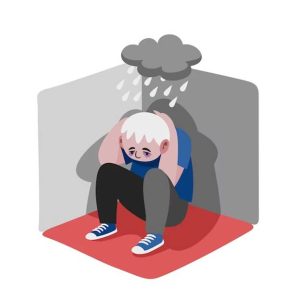
A common advice people give to individuals dealing with stress is to “just get over it.” Advice like this signifies that a person is weak and needs to stop being fearful. Sadly, this isn’t true, and this kind of advice often makes them avoid facing the real issues.
Having a disorder doesn’t mean that an individual is weak. In reality, anxiety and panic disorders imply a problem that needs to be addressed. Putting things under the rug will not help unless you address and face them.
Myth # 7: Anxiety is part of life
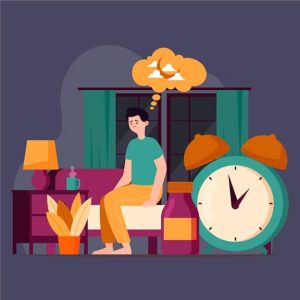
Feeling stressed, anxious, and tense is common. This is how the brain protects us from threats and instructs us to act appropriately when there is danger. However, when worry and panic are persistent, it is not normal.
It can be a sign of anxiety disorder and should be dealt with because, when left untreated, it impacts the ability to function and harms relationships leading to chronic illness. Hence never mistake it for a part of life.
Myth # 8: When anxious, use the paper bag trick

Generally, movies show that when someone has a panic attack to calm down, they are asked to breathe in a paper bag. This is because when you have a panic attack, you hyperventilate. Sadly, as most things explained in cinema, this isn’t the best way to deal with anxiety.
This is because people with anxiety might consider paperback as a way to deal with anxiety; when they won’t have it, they will think they can’t cope without it. This will make them stop looking for other ways. Therefore, breathing techniques and exercises should be taught to people with anxiety.
Myth # 9: Avoidance is the way to deal with anxiety
If something scares you, avoiding it makes sense, right? Momentarily, and in some cases, it might seem sensible, but it is not always the answer.
When it comes to life-and-death situations, avoidance is a smart approach. But for those dealing with anxiety issues avoiding fears strengthens and reinforces anxiety. So, when it comes to anxiety, “facing your fears” under professional guidance is what you must do. This will help manage anxiety and will help cope with it rather than avoid and run away from the situation.
Myth # 10: Individuals dealing with anxiety disorder are identifiable
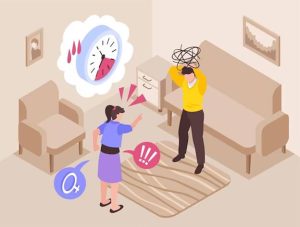
This, again, is a big misconception about anxiety. We might think that since a person is agitated and stressed, we can identify them as suffering from serious anxiety issues. But people dealing with anxiety issues are calm, quiet, and shy. Always remember you can’t judge a book by its cover. To know what’s inside, you need to read it.
Myth # 11: Social anxiety and shyness are the same
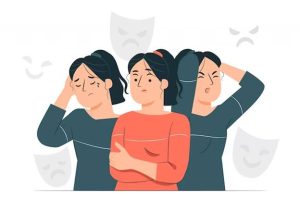
Being shy, introverted, or having social anxiety might seem the same on a ground level, but they are different. Social anxiety has specific symptoms and is felt in certain social situations.
So, while introverted and shy people may not like interacting with others, people with social phobia do not involve themselves excessively and feel discomfort in social situations.
These are common myths about social phobia, anxiety, and being tense. The best way to deal with them is first to get the knowledge about the thing, address it, accept that you are facing it, and talk to a professional.
We at CalmSage try to debunk such myths and make people aware of the importance of taking care of mental well-being.
It is not that people who grew up in toxic environments are the only ones with issues. Anyone can develop an anxiety disorder. Therefore, paying attention to it and getting it treated is the best thing you can do for yourself.
If you are looking for a safe space to talk, we at CalmSage are all ears.






